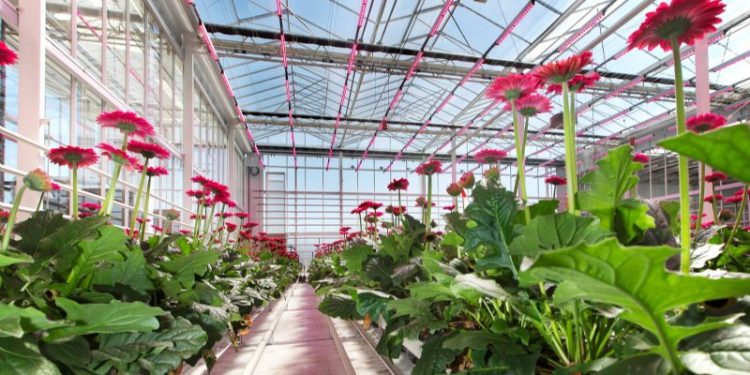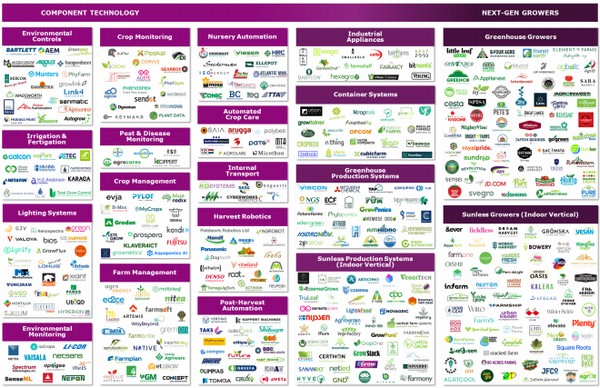Where it seems like LED lighting has only just arrived in greenhouse horticulture, there is already a lot of experimentation going on with dimmable lamps. Stein Jochems of Delphy and Ari de Gelder of Wageningen University & Research (wur) discussed the possibilities of dimmable LED lighting as a power source during the KAS lighting event on Wednesday, February 1st.
“With dimmable lamps, crops can be illuminated more efficiently. Savings can be made by dimming during the day based on incoming sunlight, and by dimming during periods when electricity is expensive,” De Gelder said at the time. lighting events at the Delphy Improvement Center and WUR Greenhouse Horticulture in Blaiswijk, South Holland.
But the choice of a specific impact strategy should not be made solely on the basis of cost savings, the WUR researcher continues. “You have to put the plant in the center. Above a certain intensity, there’s a big deviation in the light response.” Fortunately, according to de Gelder, most plants naturally get used to the change in light. ‘The plant naturally has sunnier and darker days. So, theoretically, the use of dimmable LED lighting should not have negative effects on crop development.’
Temperature drop in the greenhouse
WUR Greenhouse Horticulture and Delphy are playing it safe and doing a lot of research on growing under dimmable LED grow lights. The first results were shared during the Light event. Jochems showed the participants based on the graph that dimming the LED bulbs affects the air temperature in the greenhouse. ‘In our tomato test it went down more than 1 degree. We see it in the sap flow. It’s important to keep this in mind when watering.’
The Delphy test greenhouse is divided into two segments. One part has a light spectrum with 15% green light, and the other part is illuminated with 5% green light. Strikingly, much more bumblebee activity is found in the 15% green light compartment. “Both spectra show less activity during the dark period. We can’t prove that this is related to each other, but this is consistent with what we also see in unexposed crops on cloudy and sunny days,” says the Delphy researcher.
WUR Greenhouse Horticulture investigated the impact of dimmable LED lighting on chrysanthemum cultivation. For this purpose, a comparative test was carried out. In one part of the greenhouse, dynamic lighting was provided, and in the other, a constant level of illumination was maintained. “When it comes to dynamic lighting at a price, we decided to decrease the brightness at the expensive time and increase the micromoles at the cheaper time,” explains De Gelder. The amount of light per week was the same for both treatments.
Electricity price regulation
According to the WUR researcher, one can notice slight differences in the growth of the length and weight of the branches. “But when we look at costs, I find that in the way we used dynamic lighting with dimmable LED lamps, it costs about 5 percent less than maintaining a constant light level. Don’t blame me for that percentage, but that it is ultimately cheaper to rely on electricity market prices, obviously.’
Therefore, both De Gelder and Jochems see the potential in cost-effective, dimmable LED lighting, especially in today’s energy market. It is important, they say, that growers continue to consider the plant’s biological clock. “This means that as a grower, you have to take into account the 24-hour rhythm that plants naturally have in their biological processes.”










